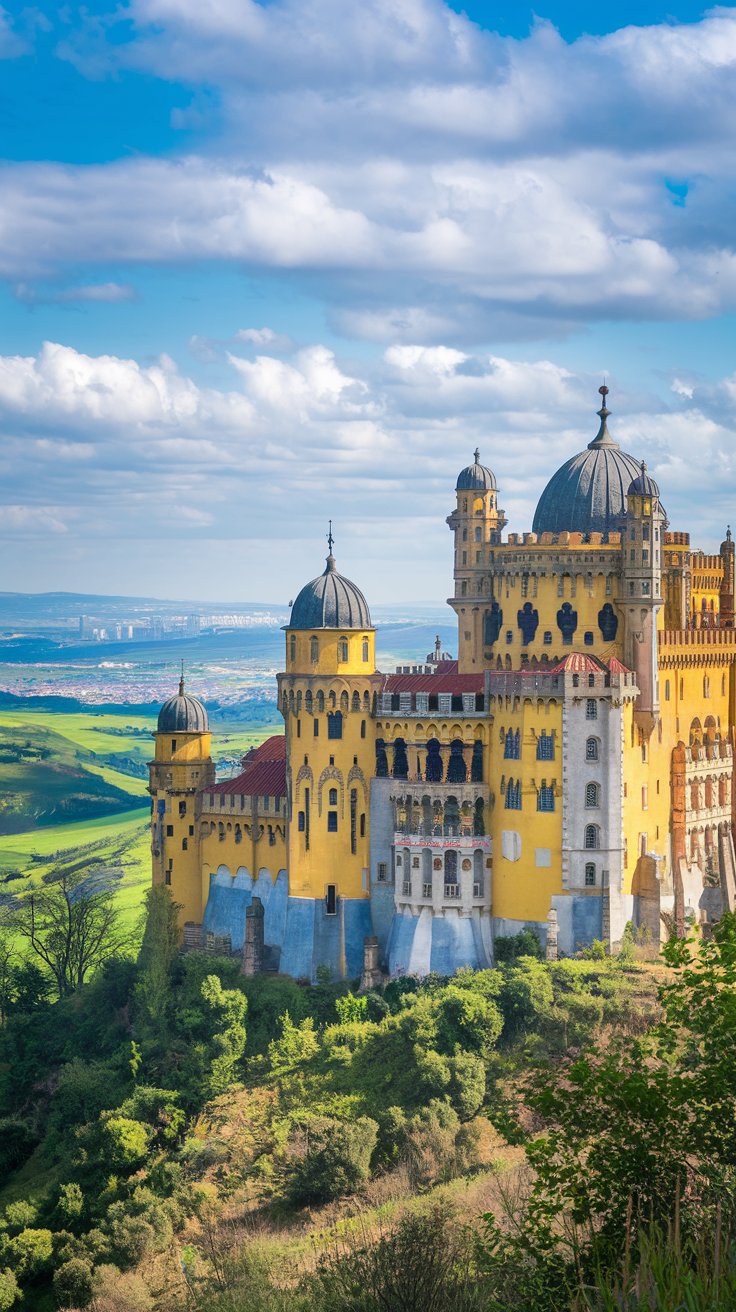Sharing the Iberian Peninsula with Spain, Portugal is a gem of a destination waiting to be explored. Known for its idyllic beaches, temperate climate, and deep-rooted history, Portugal continues to attract travelers from all over the world. Whether you’re wandering the cobbled streets of Lisbon, cruising along the canals of Aveiro, or soaking in the coastal charm of Funchal, the country offers unforgettable moments at every turn. From world-class wines to jaw-dropping architecture, here are eight famous wonders you should absolutely include in your Portugal itinerary.
8. Dom Luís I Bridge
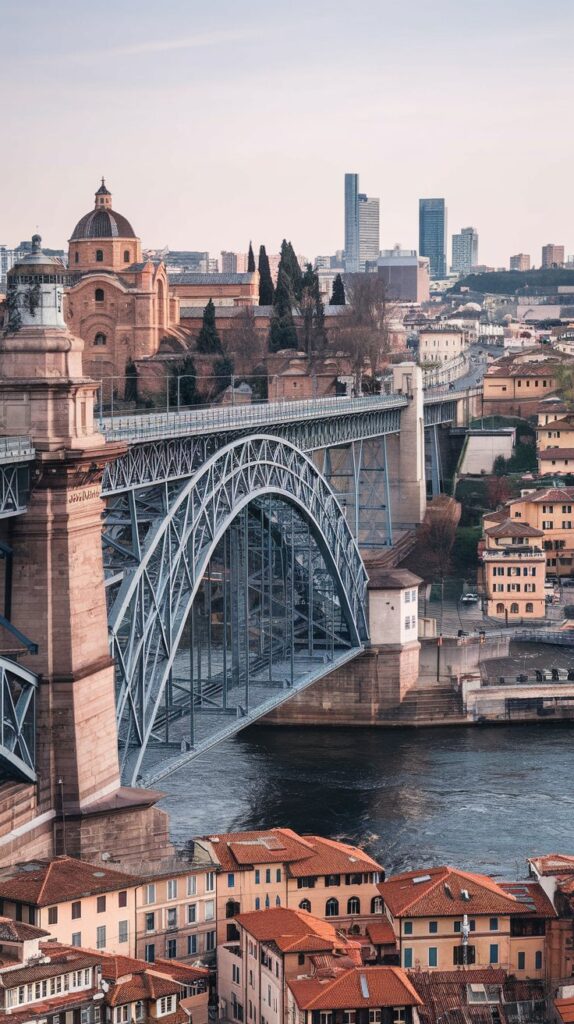
Towering over the Douro River in Porto, the Dom Luís I Bridge is an unmistakable icon of the city’s skyline. Constructed in the late 19th century, this architectural marvel features sturdy granite pillars and an intricate iron frame that reflects the bold industrial spirit of the era.
Designed by Théophile Seyrig, a disciple of Gustave Eiffel—the mastermind behind Paris’s Eiffel Tower—the bridge boasts two levels. The upper deck is especially popular with pedestrians, offering panoramic views of the city, the river, and the lively Ribeira district. Whether by day or at sunset, this bridge is a must-see (and a must-photograph).
7. Benagil Sea Cave

Tucked along the Algarve coast, the Benagil Sea Cave is one of Portugal’s most mesmerizing natural landmarks. Located near the quaint fishing village of Benagil, this network of sea caves is known for its celestial beauty and unique geological formations.
What makes the main cave so extraordinary is the natural skylight—or oculus—that allows golden rays of sunlight to pour in from above. Visitors can explore the cave by kayak, paddleboard, or boat, drifting beneath arching rock formations and into the glowing chamber. It’s a surreal, almost spiritual experience—and a highlight of any Algarve trip.
6. Pena Palace
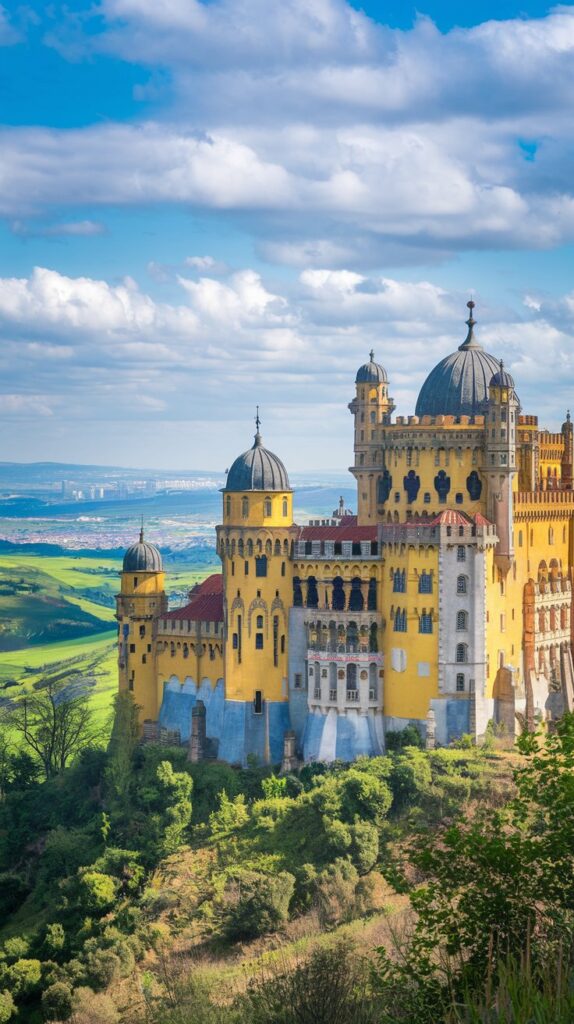
Perched high in the misty hills of Sintra, Pena Palace looks like something straight out of a fairy tale. Built in the 19th century, it is a vivid blend of Romanticism and Moorish design, with candy-colored towers, sweeping terraces, and ornate arches.
Once a royal residence, the palace dazzles with lavish interiors, such as Queen Amelia’s pink-and-gold apartments. Museums inside display stained glass, fine furnishings, and royal portraits. Surrounded by lush forested parks, Pena Palace is not only visually stunning but also steeped in aristocratic history and architectural brilliance.
5. Óbidos Castle
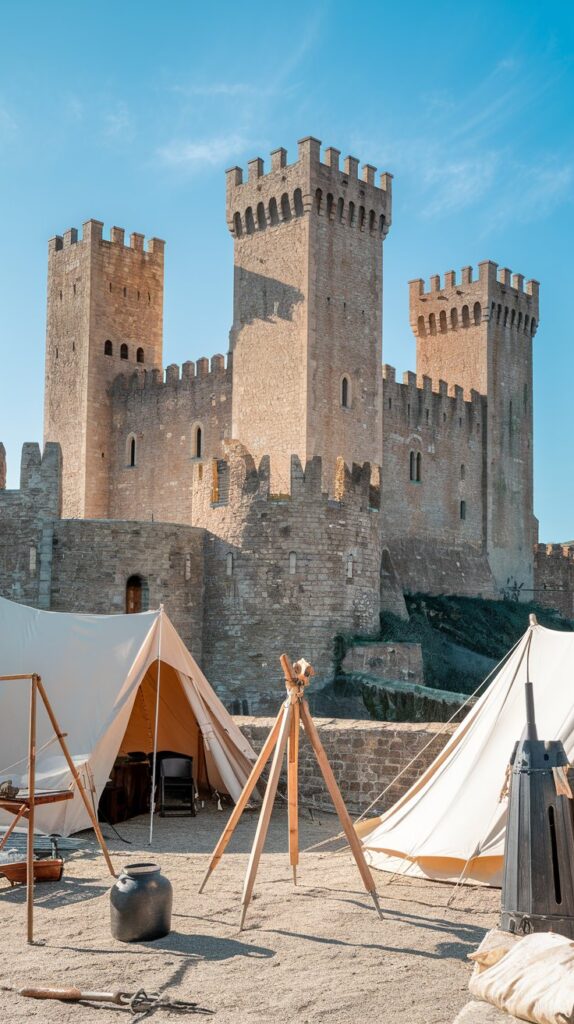
Step back in time with a visit to the Óbidos Castle, located in the charming medieval town of Óbidos. Originally built in the 8th century, the castle was extensively restored during the 13th century and stands proudly atop a hill, encircled by ancient stone walls.
Today, the castle serves as a unique inn, offering travelers a rare opportunity to sleep within centuries-old walls. The rooms retain a historic atmosphere while providing modern comfort. Wandering the narrow alleys of the fortified town, you’ll find whitewashed houses, cobblestone lanes, and picturesque views that feel untouched by time.
4. Jerónimos Monastery
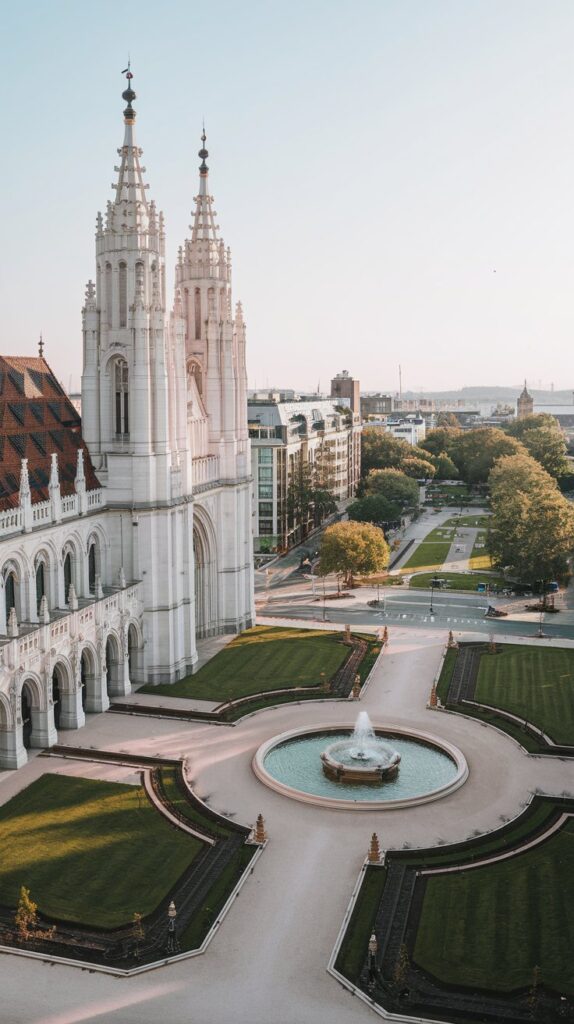
In the Belem district of Lisbon stands the majestic Jerónimos Monastery, a UNESCO World Heritage Site and one of the finest examples of Manueline architecture in Portugal. Commissioned in the 15th century by King Manuel I, it was originally a residence for Hieronymite monks.
The monastery’s elaborate stonework includes double cloisters, maritime motifs, and intricate carvings. Don’t miss the grand tombs of Portuguese explorers and royalty, or the azulejo-tiled refectory that showcases Portugal’s famous blue ceramic artistry. The monastery continues to serve as a symbol of Portugal’s Golden Age of Exploration.
3. Castle of São Jorge
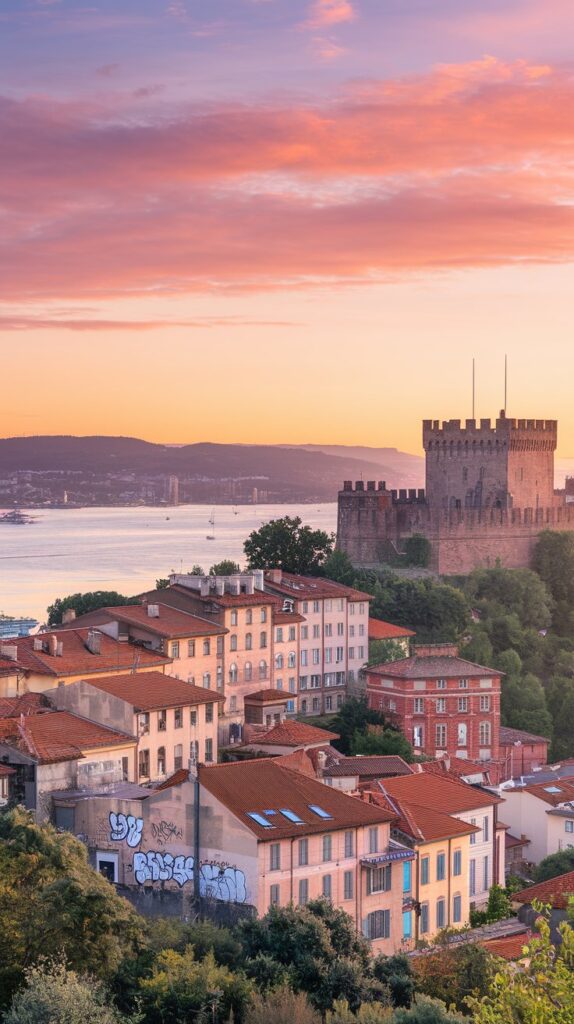
Castle of São Jorge, or Saint George’s Castle, is a historic fortress perched above Lisbon’s Alfama district. Its origins trace back to the 6th century, with major fortifications added under Moorish rule and expanded during the 12th century when it became a royal residence.
The castle offers more than just history—it provides some of the best views in Lisbon. Visitors can stroll along ancient ramparts, climb one of the 18 towers, explore archaeological ruins, and relax in tranquil gardens. Onsite exhibits and a restaurant make it an engaging stop for travelers interested in history, culture, and scenic beauty.
2. Alcobaça Monastery

Located in the town of Alcobaça, the Alcobaça Monastery is a striking example of Gothic grandeur. Founded in the 12th century by King Afonso I, the monastery holds deep religious and historical significance. Its French Gothic design reflects the influence of Cistercian monks who helped construct it.
Inside, you’ll find the famous tombs of King Pedro I and Inês de Castro—whose tragic love story is etched into Portuguese lore. The kitchen, designed to redirect an entire stream for water and drainage, showcases medieval ingenuity. Towering vaults and peaceful cloisters complete this architectural masterpiece.
1. Belém Tower
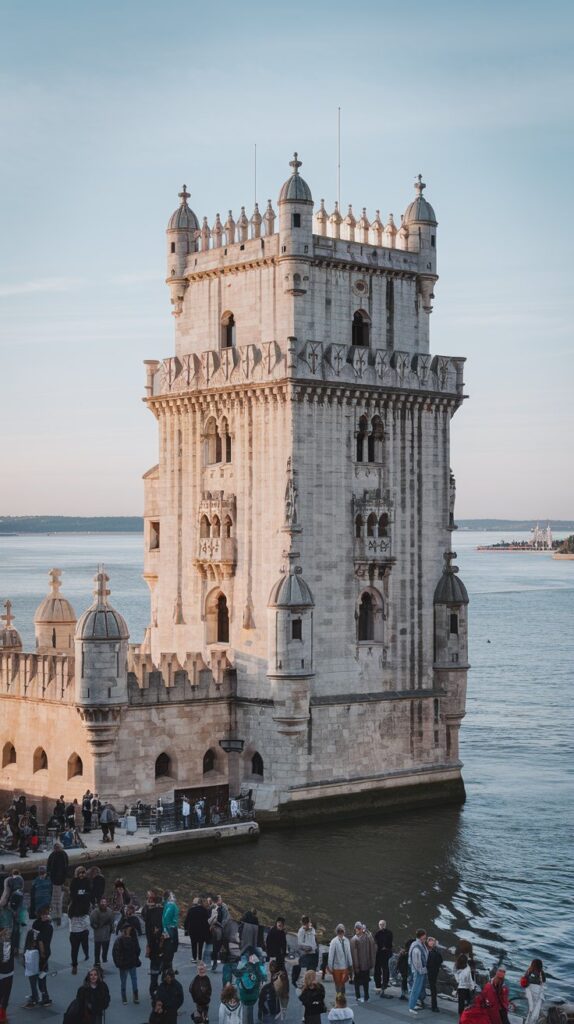
Standing proudly along the banks of the Tagus River, Belém Tower is a symbol of Portugal’s maritime past. Built in the early 16th century, the tower served both as a ceremonial gateway to Lisbon and as a defensive stronghold during the Age of Discoveries.
The structure itself blends Gothic and Manueline styles, with sculptural arches, religious icons, and fortified turrets. The medieval keep contrasts beautifully with the cannon-lined bastion. From the upper floors, panoramic views of the river and city unfold, making it a perfect finale to your journey through Portugal’s most iconic wonders.
Whether you’re captivated by ancient castles, enchanted by natural beauty, or in awe of Portugal’s royal heritage, these eight landmarks offer a vivid glimpse into the country’s diverse cultural and architectural legacy. Add them to your list—you won’t regret it.

